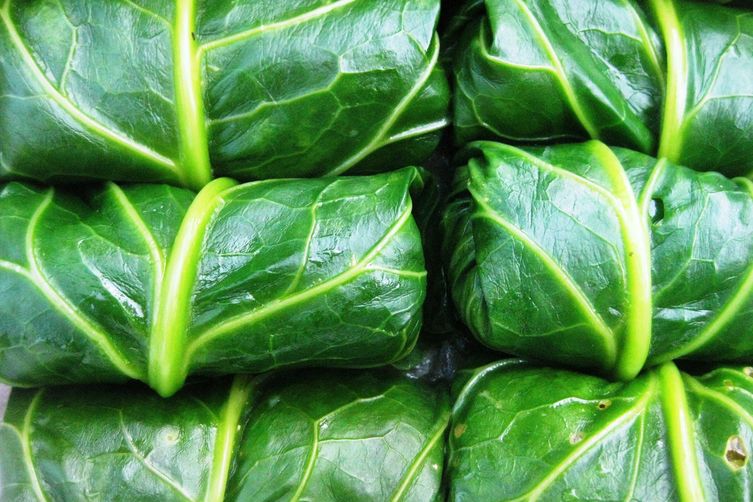I’m always looking for a filling salad, that I can eat for dinner and not be hungry after! This is a refreshing early summer meal that is easy to put together and that can be prepared ahead of time for a quick weeknight meal.
Zucchini, thinly sliced (either with a mandolin or a knife)
1 lemon
2 handfuls sugar snap peas, 1 onion, or any other veggies of your choice (roasted, quartered radishes would be great here, as would thinly sliced radishes)
Head or bunch of greens of your choice (lettuce, spinach, kale, or a mix are all great here)
2-3 tablespoons pesto (recipe below)
Season both sides of each slice of zucchini well with olive oil, salt, and pepper (I used a spray olive oil here, such as Pam, for a more even application). Using a grill pan (if you have one) or large skillet, “grill” zucchini slices in a single layer (you can probably also roast the slices for a more hands off approach).. I personally like using the grill pan because I like the look of the grill marks. Once you see these grill marks, flip the slices over and repeat on the other side. Transfer the cooked zucchini to a plate or cutting board and lightly squeeze lemon juice over it.
Slice the sugar snap peas in half long ways. Roast the whole onion in the oven, tossed in olive oil, at 350 for about 35-40 minutes. When the onion is cool enough to touch, peel and toss the outer layer (it will be harder), and cut into bite size pieces (I find that with a large onion, this is normally in 8-10 pieces).
Toss your zucchini slices, roasted onion pieces, and sliced snap peas in a bowl with your greens and pesto.
Pesto
2 ounces basil
2 tablespoons toasted nuts (I like cashews here)
2-3 garlic scapes or 1-2 garlic cloves
4-5 tablespoons olive oil
1-2 tablespoons white wine vinegar
Combine your basil, toasted nuts, and garlic scapes/garlic cloves in the food processor. While on low, pour in olive oil and white wine vinegar, tasting with each added tablespoon. Let the food processor run until your pesto is at your desired consistency.
